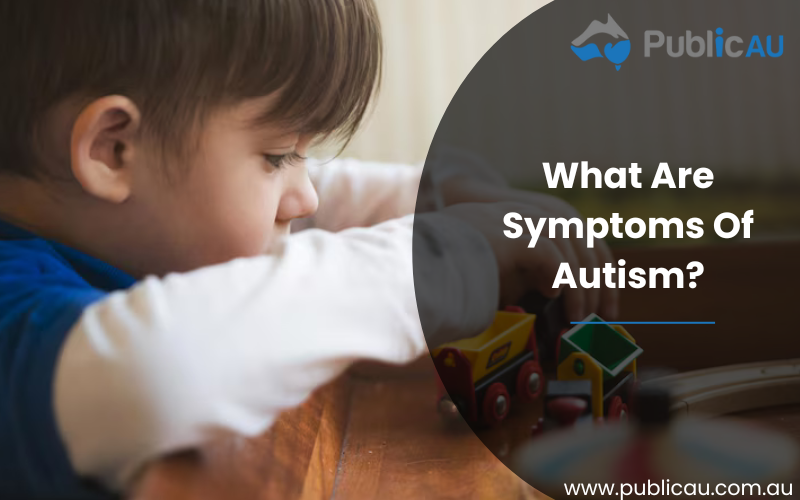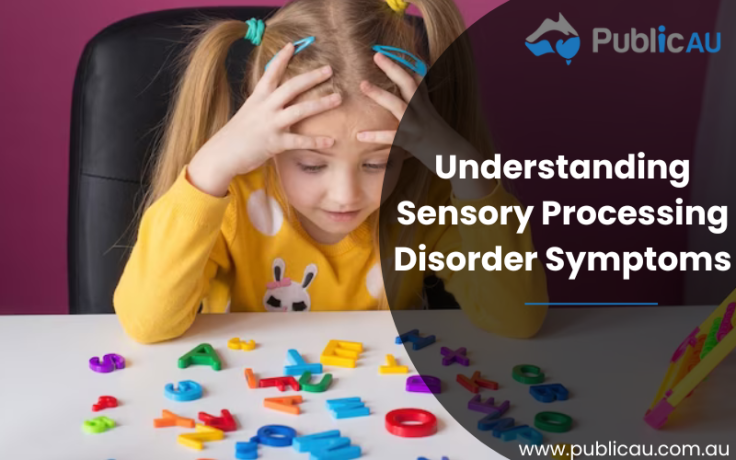
Autism is a complex and often misunderstood neurological condition that affects individuals of all ages. Recognizing the signs of autism in children and adults is crucial for early intervention and support. In this blog post, we will explore the common characteristics and behaviors associated with autism, as well as provide tips on how to identify and understand this unique developmental disorder. Whether you are a parent, teacher, or caregiver, learning to spot the signs of autism can make a world of difference in the lives of those affected by it.
Common Symptoms of Autism in Children and Adults
Autism, also known as Autism Spectrum Disorder (ASD), is a developmental disorder that affects individuals in various ways. There are many types of autism. It is typically diagnosed in childhood, but some people may not receive a diagnosis until adulthood. Regardless of age, there are common symptoms of autism that can help identify the disorder in both children and adults.
- Difficulty with Social Interactions
One of the most noticeable symptoms of autism is difficulty with social interactions. Children and adults with autism often struggle to understand nonverbal cues such as facial expressions, tone of voice, and body language. They may also have a hard time making eye contact or understanding social norms such as personal space.
In children, this can manifest as difficulties in forming friendships or playing with others appropriately. In adults, it may present itself as struggles in maintaining relationships or feeling isolated from peers.
- Repetitive Behaviors and Routines
Individuals with autism tend to have strong preferences for routines and may become upset if these routines are disrupted or changed. This can include daily schedules, specific rituals or habits, or even fixations on certain objects or topics. These repetitive behaviors can provide comfort and stability for those with autism but can also make it challenging for them to adapt to new situations.
- Communication Difficulties
Another key symptom of autism is communication difficulties. In children, this can be seen through delayed speech development or limited use of gestures like pointing or waving goodbye. Adults with autism may struggle with understanding abstract language concepts like sarcasm or jokes.
Some individuals with ASD may also speak in a monotone voice without inflection and have trouble starting conversations or keeping them going.
- Sensory Processing Issues
Many people with ASD experience sensory processing issues which affect how they perceive information from their senses (sight, sound, touch etc.). This can lead to extreme reactions to stimuli that would not usually bother others – for example being overly sensitive to loud noises like sirens or bright lights. Alternatively, some may have a higher threshold for sensory input and seek out intense sensations like spinning or jumping.
- Difficulty with Change
People with autism often find it challenging to cope with changes in their environment or routine. They may become anxious or upset by small changes that others may not notice. This can make it hard for them to adapt to new situations, which can be particularly difficult for adults when faced with unexpected changes at work or in social situations.
While the symptoms of autism can vary from person to person, these are some of the most common signs in both children and adults. If you observe these behaviors in yourself or someone you know, seeking a professional evaluation is recommended to receive an accurate diagnosis and appropriate support.
Wrapping Up
In conclusion, recognizing the signs and symptoms of autism in both children and adults is crucial for early intervention and effective treatment. By understanding these indicators, we can provide support and resources to those who need it.
It is also important to remember that every person with autism is unique and may exhibit different traits or behaviors. With proper education, awareness, and acceptance, we can create a more inclusive society for individuals on the autism spectrum. Let us strive towards a world where everyone feels understood, accepted, and valued regardless of their differences.



